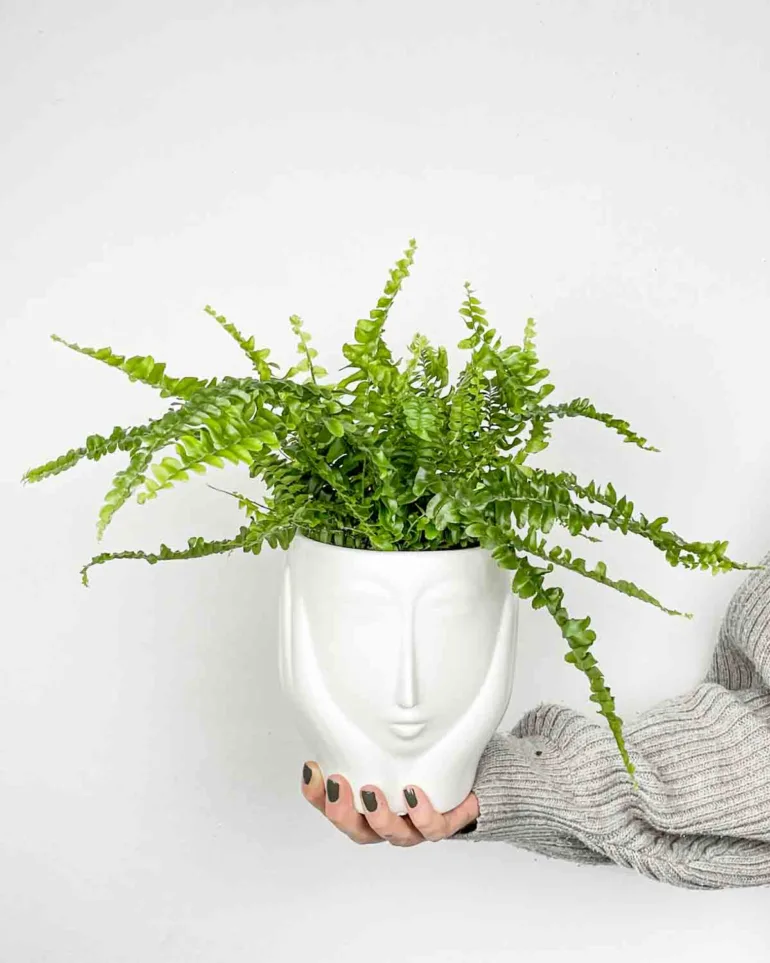Autumn and winter bring cold air and consequently increased humidity in our home. Condensation on the windows, humidity in the air and the appearance of mold can be a real nightmare. Fortunately, with a few simple natural helpers - indoor plants - we can reduce the humidity in the room and at the same time create a pleasant environment. Which plants are best for this purpose?
Damp and mold in the home are not just aesthetic problems. Prolonged exposure to moisture can affect health and cause respiratory problems. But how to get rid of excess moisture naturally? The answer lies in indoor plants that can absorb moisture and clean the air. Here are seven of the best plants to help keep your home dry and healthy.
Ivy (Hedera)
Ivy is extremely efficient at absorbing moisture from the air. It not only reduces humidity, but also removes mold and impurities from the air. It thrives best in bright places with indirect light. However, it is toxic to pets, so keep it out of reach.

Spathiphilus
Also known as the "peace lily", the spathiphyllum is an excellent plant for damp spaces such as bathrooms. It thrives in shade and high humidity. The plant absorbs moisture through its leaves, so place it where you have the most problems with condensation. It also has beautiful white flowers, but be careful as it can be toxic to animals.

Palm trees
Palms such as the bamboo palm, areca palm and damask palm are great for absorbing moisture. With their large leaves, they help maintain a balanced level of humidity in the room. For optimal growth, place them in a location with strong, indirect light.

Fern
Fern is a classic choice for damp areas. It thrives in humid climates and absorbs moisture from the air while regulating humidity levels. Place it in a place with indirect light and ensure regular watering. It fits perfectly in the bathroom or kitchen.

Saber (Sansevieria trifasciata)
Also known as mother-in-law's tongue, saberwort thrives in a variety of conditions, from bright to low light. It is a very resistant plant that absorbs moisture and at the same time filters toxic substances from the air. It is ideal for those who do not have much time to care for plants.

Orchids
Orchids are not only beautiful, but they are also great for reducing humidity in the home. Through their roots and leaves, they absorb moisture from the air, which prevents mold from forming. Place the orchids in a bright place, but avoid direct sunlight.

Green lily
The green lily, or chlorophyte, is one of the most popular indoor plants. It is easy to care for and very effective in removing harmful substances and moisture from the air. Place it in a bright place and water it once or twice a week. Reduce watering slightly in winter.

Houseplants are not only decorative, they are also natural humidifiers that can help regulate the humidity levels in your home. With the right selection and care, you can reduce the risk of mold, improve air quality and create a pleasant and healthy living environment. So consider these seven plants your new natural helpers in the fight against humidity!






